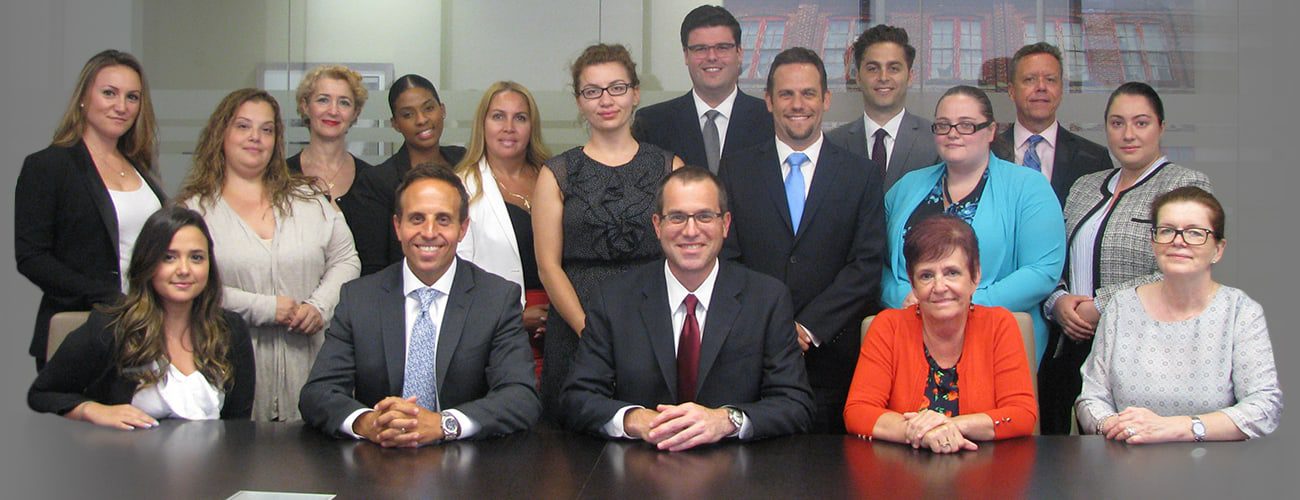Accidents happen everyday and are a part of life. However, some are more serious than others. If you get injured, it can cost time and money to get you back to where you were before the injury. When the injury is not your fault, the consequences of the injury should not fall on you alone.
Take for example, the recent New York case of Gale v. St. John’s University. Lisa Gale was hired by a third party company to replace stained ceiling tiles in various campus buildings. She regularly worked on St. John’s University (“St. John’s”) doing general janitorial work which often included changing tiles after it rained in the area. Ms. Gale was working at St. John’s when she was hit with a piece of metal from the ceiling grid in the bathroom of the university’s Campus Center, which caused her to fall while she was changing the ceiling tiles. She sued St. John’s for her resulting injuries because the school failed to keep the area safe.
In New York, a property owner cannot be held liable for injuries caused by an allegedly defective condition unless the plaintiff, Ms. Gale, establishes that the owner either created or had actual or constructive notice of the condition. Constructive notice happens when the defect is visible and obvious, and it must exist long enough for the defendant, St. John’s, to both find it and fix it. There is no constructive notice when the issue might not be detected with a reasonable inspection. Ms. Gale tried to claim that the repeated heavy leaking, in that bathroom, after most storms, should have been enough for the school to at least check the pipes. The court however disagreed. The judge found that a regular leak was not proof of the greater safety issue. Also, because the pipes were above the ceiling tiles, a reasonable inspection would not have the issue.
There was also a second reason Ms. Gale lost her case. Many claims require that in additional to being injured and showing it is the fault of the person you are suing, that you must also show the need for damages. Usually if there is an injury, there will be hospital costs, or days missed form work, or something similar that can easily show you require compensation. In this case, however, Ms. Gale could not show damages. In a previous hearing, which was part of this case, Ms. Gale was told to visit a court chosen doctor to review her injuries. This is common in personal injury cases because the court, and the opposition, want to make sure you are in fact injured. Ms. Gale failed to visit the doctor within a timely manner and due to a previous order of the court, was barred from testifying about damages. Without this evidence, Ms. Gale’s case was incompletely and would not have been able to go forward even if St. John’s had notice of the issue and failed to act.
Every case is different. One seemingly minor fact can mean the difference between winning and losing. Court cases are complicated and have a lot of steps that must be followed. You must do all that is asked of you by the court whether asked directly, such as during preliminary hearings, or through the court rules. Everyday cases are decided due to procedural issues, which, if that is not enough to completely end the case, will cost time and money fix. No one can guarantee a win but having an attorney with experience handling personal injuries can help you stay on top of all requirements and put your best case forward. If you have been injured, you should contact an experienced attorney today.
See Related Blog Posts:
Do You Know What To Do If You’re Injured?
Recent Declines in Construction Site Safety Lead to Injuries and Deaths









